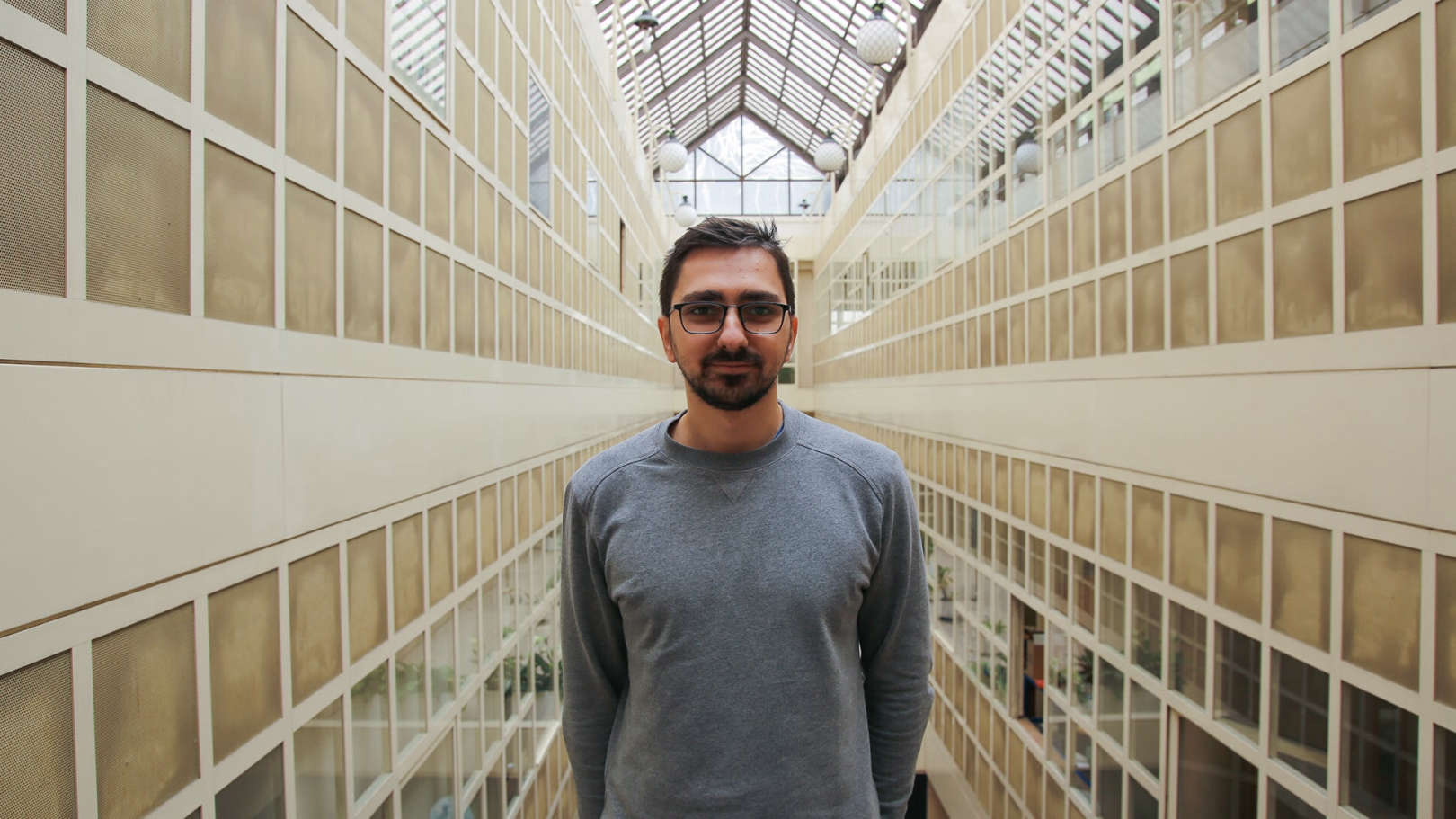About
Recently got a Msc degree in Physics engineering, from Porto University. Currently works at Center of applied photonics at INESCTEC as recearch assistant. Current research lies on advanced Interrogation techniques for optical sensors based on microcavities; Development of low-cost interrogation systems for long-period fiber gratings(LPG) for corrosion sensing in metallic structures. Interrogation techniques using LPG or fiber Bragg gratings (FGB) for health assessment of concrete structures.


